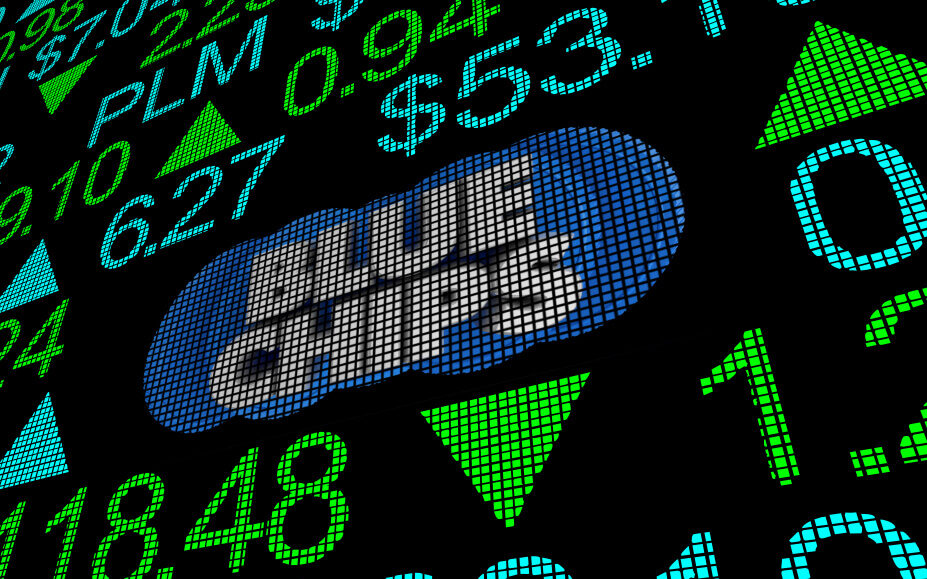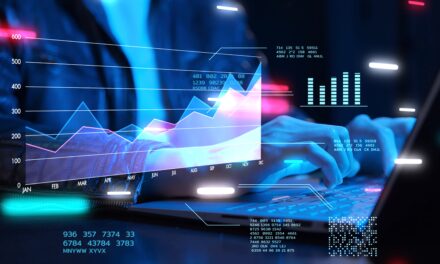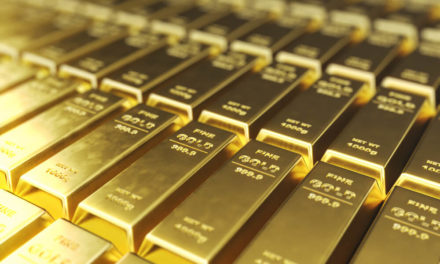A friend of 30-plus years gave me a ring last Friday afternoon to check in on the family. Unfortunately for him, I popped back with a little more “real life” than he was ready for.
Other than catching up, he shared that his 401(k) plan was now liquid, thanks to his company being acquired. Having a cash portfolio at times like these is a fantasy that few investors actually experience.
“I’ll share what I wrote to my CIR subscribers today. For long-term positions, don’t be afraid to have up to half of your portfolio in cash right now. I think we’re going to see nice buying opportunities in the months ahead.”
“That said, don’t forget to get back into the market,” I warned. “In March 2008, I left my last ‘day job’ and rolled my 401(k) into an IRA. All cash. It was sweet timing, as (by pure accident) my retirement funds were protected from the bulk of the big crash.”
“But I forgot to get back in! Me of all people. I missed the initial bounce and then kept it parked in cash, year after year, into the next big stock boom.”
“So, don’t do that. Set a reminder to call me every month if you need to. Eventually, we will have brighter things to talk about, and investing returns to match!”
Dividends on Sale, Once a Decade
My recent research into pullbacks and bear markets has highlighted an obvious finding that many of us (including myself) overlook:
Once every decade or so, something really bad happens to stocks.
In recent memory, we had the crash of 1987, the tech bubble bursting in 2000, 2008 (which needs no intro), and the global pandemic of 2020. With this knowledge in mind and, of course, a ton of patience, an income investor could simply stockpile cash for 8 to 13 years or so and grab the “deal of the decade” when it presents itself.
Now I realize that nobody actually does this. And to be fair, the relentless upward climb of the stock market does place these crashes in perspective. Let’s look at Black Monday, which looks like a retirement-killer in real-time:
The Crash of 1987, ‘Live’
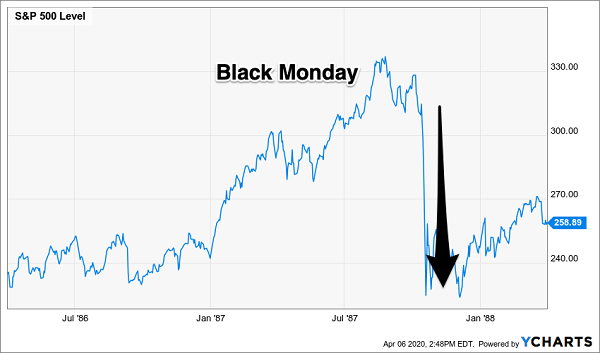
Thanks to hindsight we have our own “spoiler alert.” Black Monday would eventually fade into a mere blip on the historical radar:
The Crash of 1987, in Hindsight
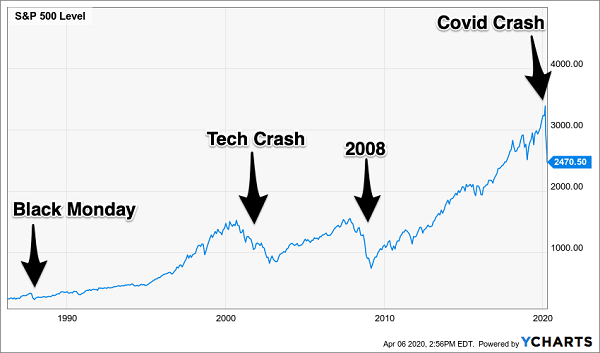
These meltdowns are great for us income investors, provided that we keep our portfolios intact and have enough cash on hand (or dividends to reinvest) to buy the bargains. (In 2020, we also have to worry first about keeping ourselves intact. More on this in a minute. Back to business.)
The type of “once-in-a-decade dividend” I’m looking for us to see here soon is a blue-chip like Pfizer (PFE). This perennial cash cow yields 4.3%, a high watermark it’s only “achieved” in 1987 (and the aftermath two years later), 2008 (and its aftermath) and now again in 2020:
Pfizer Only Pays 4.3-plus Percent in Panics (and Their Aftermaths)
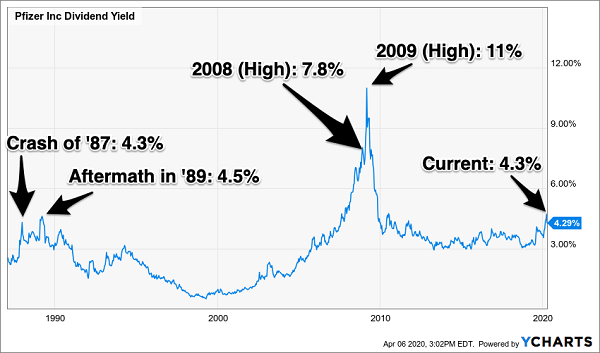
It’s interesting to note that, in our two previous examples, Pfizer’s yield didn’t peak during the panic itself. It peaked during the aftermath.
After the 1987 crash, Pfizer paid 4.3%. Investors who bided their time got an even better deal 18 months later.
Same in 2008. The sharpest selling occurred in late 2008, but Pfizer’s shares wouldn’t bottom for another few (painful) months. Believe it or not, in March 2009, Pfizer’s payout (briefly) shot up to 11%! This is the type of opportunity we are waiting to pounce on.
Investors who bought shares then not only locked in an incredible double-digit yield, but they also set themselves up to quadruple their money over the next 11 years (including dividends, and also even accounting for the recent pullback).
It’s All About the Aftermath
In the long run, you’d have done quite well buying Pfizer any time its yield popped above 4.3%. But in the short term, you had some heartburn. The highway to high yields is often a bumpy one, and this initial buy signal in Pfizer actually triggered in late-2007, which got you on the train just in time to lose nearly half of your capital:
Highway to High(est) Yield
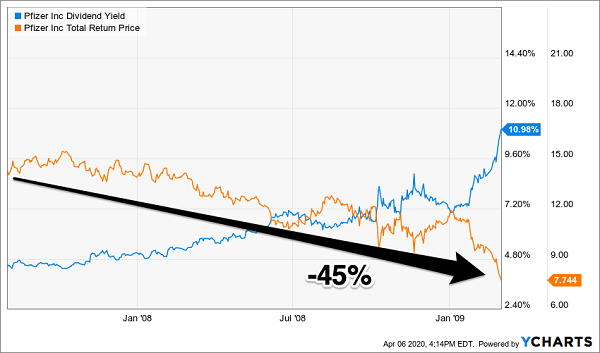
Bear markets are tricky by nature. Monday’s manic rally naturally makes us want to dump all of our cash back into the market. However, if history is any guide, the aftermath of the initial crash is going to last for months.
It is great to see the virus numbers slow down. But before we fear “missing out” on the next bull market, we should remind ourselves that we are all still sitting at home. The economy is at a standstill. Earnings numbers are going to be a horror show.
The stock market is, therefore, likely to stay a roller coaster. So, let’s fasten our seatbelts while we pay attention and compile our dream shopping list. The best dividend buys — those that only surface once a decade — are about to become available.
To learn more about generating monthly dividends as high as 8%, click here.

